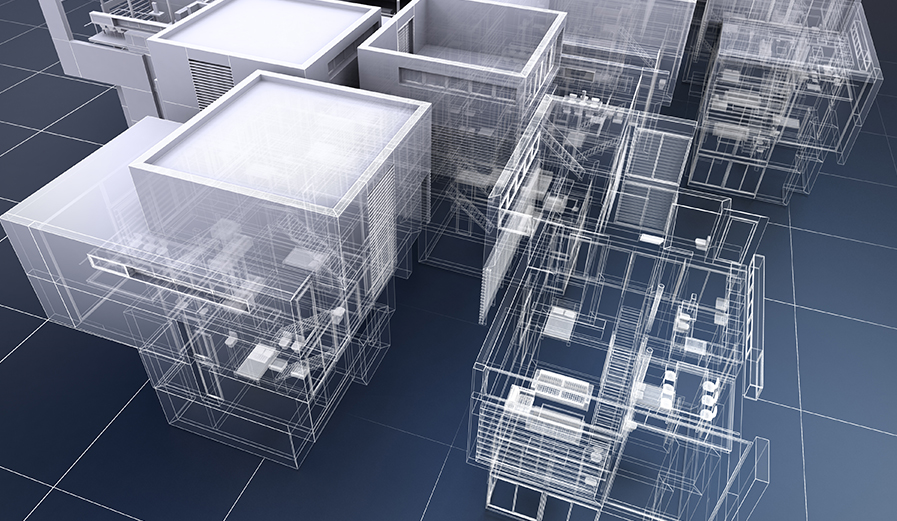Bim Design
- Home
- Bim Design

Building Information Modeling
Introduction
Building Information Modeling (BIM) can be a valuable tool in the hands of anyone who works in construction. Using BIM, you can break down silos that hinder collaborative engagement – thus, allowing information to flow seamlessly among different construction stakeholders.
To put it simply, BIM aims to make information accessible, instantly, across the board to all stakeholders. Because of this social-media like nature of BIM, everyone can access information, provide inputs, and eradicate potential conflicts – which could result in change orders and even, disputes and litigations.


Planning
BIM objects can have a very positive impact on the planning of your construction project. Lifelike visualisation or virtual mock-ups give stakeholders and clients better insights into the planned sequencing.
When nascent and powerful technologies like drone mapping are integrated with BIM, the end result is a lifelike and accurate model. BIM Objects allow the creation of a realistic model without actually building one.
On top of that, BIM objects facilitate the simulation of real-time conditions in your model. In that way, the virtual testing of different scenarios becomes possible enabling subcontractors to detect and resolve clashes before they become a threat to the project.
Construction:
Implementing well-thought-out systems and processes is crucial for building an accurate BIM model. Without these systems, it is not possible to correctly simulate site conditions.
For starters, barcodes need to be attached to equipment and construction components for cataloging and tracking. The site manager needs to scan equipment when it arrives on site, and even when it is installed. Once you have this tracking system in place, other information like operation manuals, date of shipping, etc. can also be entered into the database.
Building an accurate BIM model also requires intensive and continuous subcontractor training. As a project manager, you need to establish uniform standards across the board. For instance, a common issue on the construction site is that different subcontractors end up using different reference points. Using BIM, such discrepancies can be eliminated from the get-go.
Facility Management:
Apart from planning and the actual construction, BIM can drive efficiencies and cost savings in facilities management as well.
The first end use of a BIM model can be in maintenance – both preventive and emergency. Using BIM, you can link resources like training videos, project images and operating manuals to each component. When facility managers are dealing with a breakdown – they can easily access data at the click of a finger.
Greater control over Retrofits and Renovations is another strong reason for incorporating BIM into the workflow. For instance, let’s presume that a chemical plant needs to upgrade their boiler capacity from 5T to 25T. Now, in order to do so, they need to raise the elevation and strengthen the foundation. If the chemical plant was built using BIM, it would be simpler to execute this project.
By using BIM Objects, it would be easier to estimate quantities, assign costs and a timeline for the entire project.
BIM objects store functional data too. This allows BIM Objects to simulate actual product performance. If any construction stakeholder makes any change to a BIM object, this change is instantly reflected across the board.

How Beytes can help with BIM adoption
Most companies in the construction industry are focusing on implementing BIM (Building Information Modeling) because of the benefits it offers to architects, engineers and clients alike. But how well is BIM being implemented on site where the actual construction activity is being carried out?

Responding to a rising need to deliver an all-in-one solution, Beytes has taken on the mission to deliver an end-to-end solution to the global construction industry.
At the moment, there is a big gap between the office-based BIM model and the construction workers that need to enrich the model with data from the site. Workers are struggling to use BIM tools in their daily activities and that causes frustration, lack of focus and even errors.
About Beytes
From end to end, Beytes supports the construction phase. Site teams collaborate efficiently with clear communication and clear processes and real-time information is shared seamlessly between site and office.
Beytes aims to make BIM easy to use on site and across multiple projects while providing comprehensive data to enhance as-built documentation and learning.
